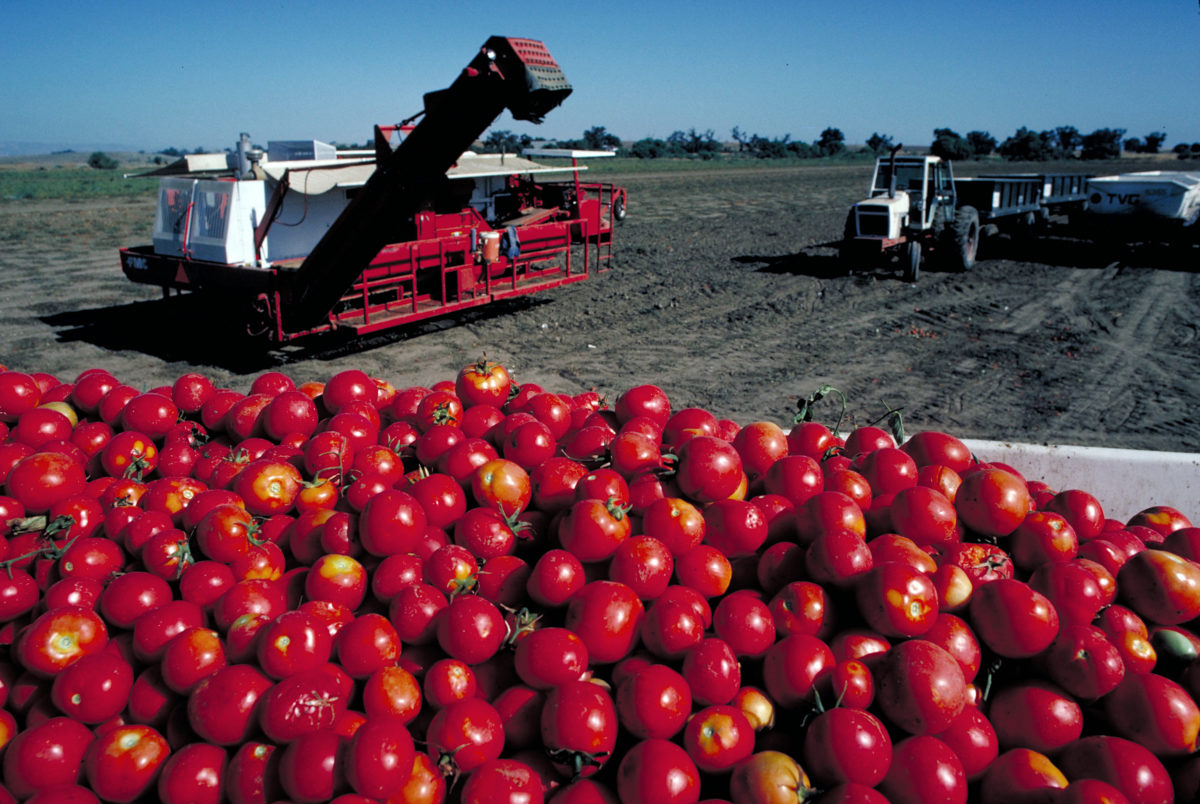Researchers from South Africa’s University of KwaZulu-Natal and the Agricultural Research Council have assessed the feasibility of a solar+storage air-cooling system, combined with evaporative cooling (IAC+EC) tech, for crop storage in remote parts of Sub-Saharan Africa.
They analyzed a system featuring nine 330 W solar modules, 12 230 AH Gel batteries, a 145 VDC solar charge controller, a 5 kW inverter, a 290 W ventilation fan, a 260 W water pump, a psychrometric unit, and a tomato storage chamber that was assembled on site. “The solar modules were arranged in three series-three strings and were used in conjunction with a three string-48V bank facility,” the scientists said.
They said the system could be used in particularly hot and dry environments with the incorporation of an indirect heat exchanger. They tested the IAC+EC system for cold storage of tomatoes over a period of 28 days in September.
“The inner dimensions of the unit were 2340 mm high × 5880 mm long × 3880 mm wide, giving a storage chamber volume of about 53-m3 with a holding capacity of 3.8 tons of tomatoes,” the researchers said. “The IAC+EC system design specifications provided environmental conditions of dry bulb temperature of 14 to 20°C, relative humidity of 89 to 94% and cooling efficiency of 88 to 96% depending on the time of the day.”
The PV system, with a three-series-three-string configuration and a capacity of 3.5 kW, was sized to supply the electricity needed to operate electrical appliances of the IAC+EC system. The cooling of one ton of tomatoes using the IAC+EC systems required 1354.4 W, while the batteries had to store 5146.6 Wh to provide energy for the 3.8-ton storage chamber to cool tomatoes when the IAC+EC system was switched off.
The researchers concluded that the system has potential, but added that bigger systems would be needed to run throughout the night. “This will be possible, as the prices of modules continue to decline,” they said.
They described the solar-powered IAC+EC system in “Determination of solar energy requirements for indirect cooling combined with evaporative cooling for storage of fresh produce,” which was recently published in the African Journal of Agricultural Research.
This content is protected by copyright and may not be reused. If you want to cooperate with us and would like to reuse some of our content, please contact: editors@pv-magazine.com.




By submitting this form you agree to pv magazine using your data for the purposes of publishing your comment.
Your personal data will only be disclosed or otherwise transmitted to third parties for the purposes of spam filtering or if this is necessary for technical maintenance of the website. Any other transfer to third parties will not take place unless this is justified on the basis of applicable data protection regulations or if pv magazine is legally obliged to do so.
You may revoke this consent at any time with effect for the future, in which case your personal data will be deleted immediately. Otherwise, your data will be deleted if pv magazine has processed your request or the purpose of data storage is fulfilled.
Further information on data privacy can be found in our Data Protection Policy.